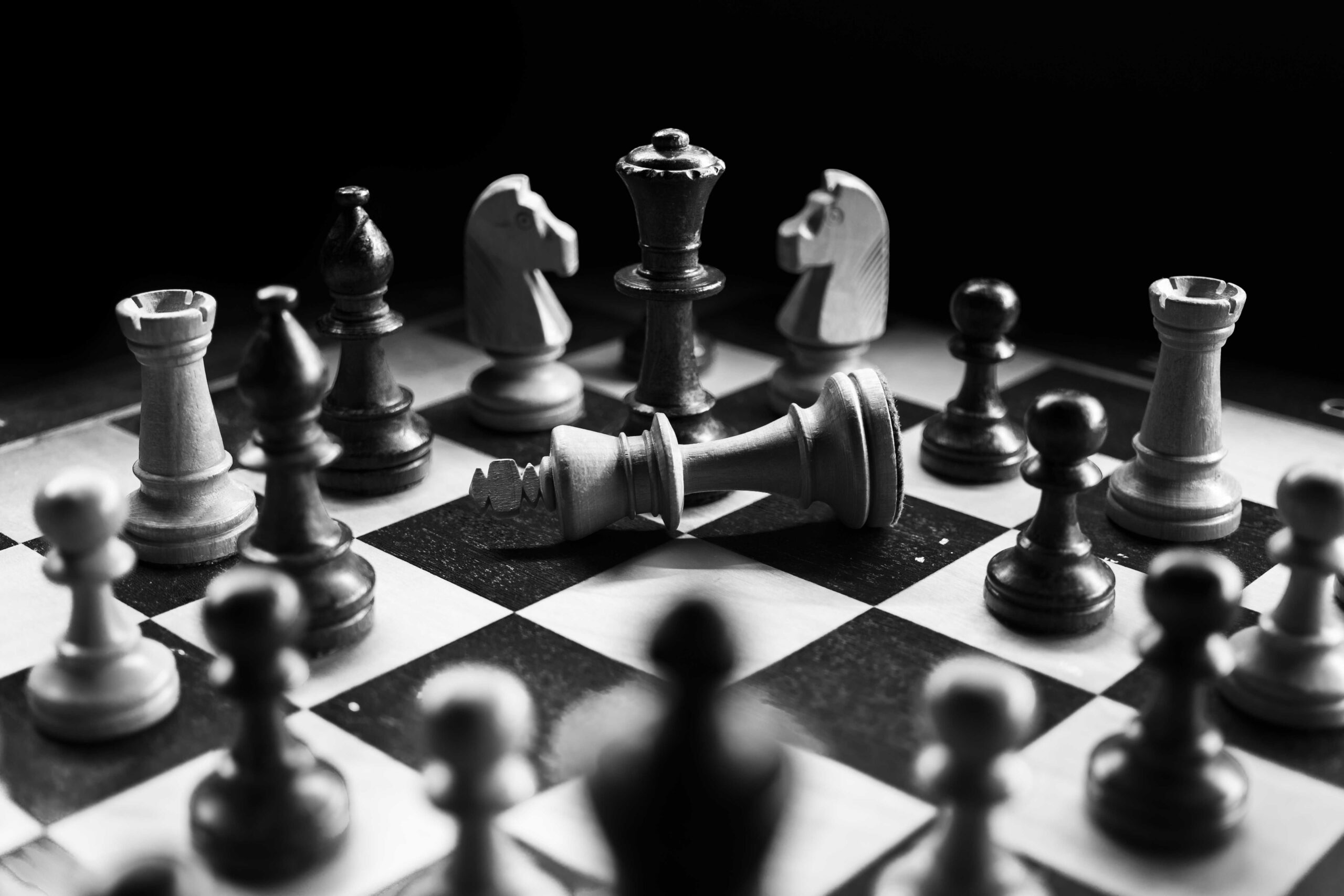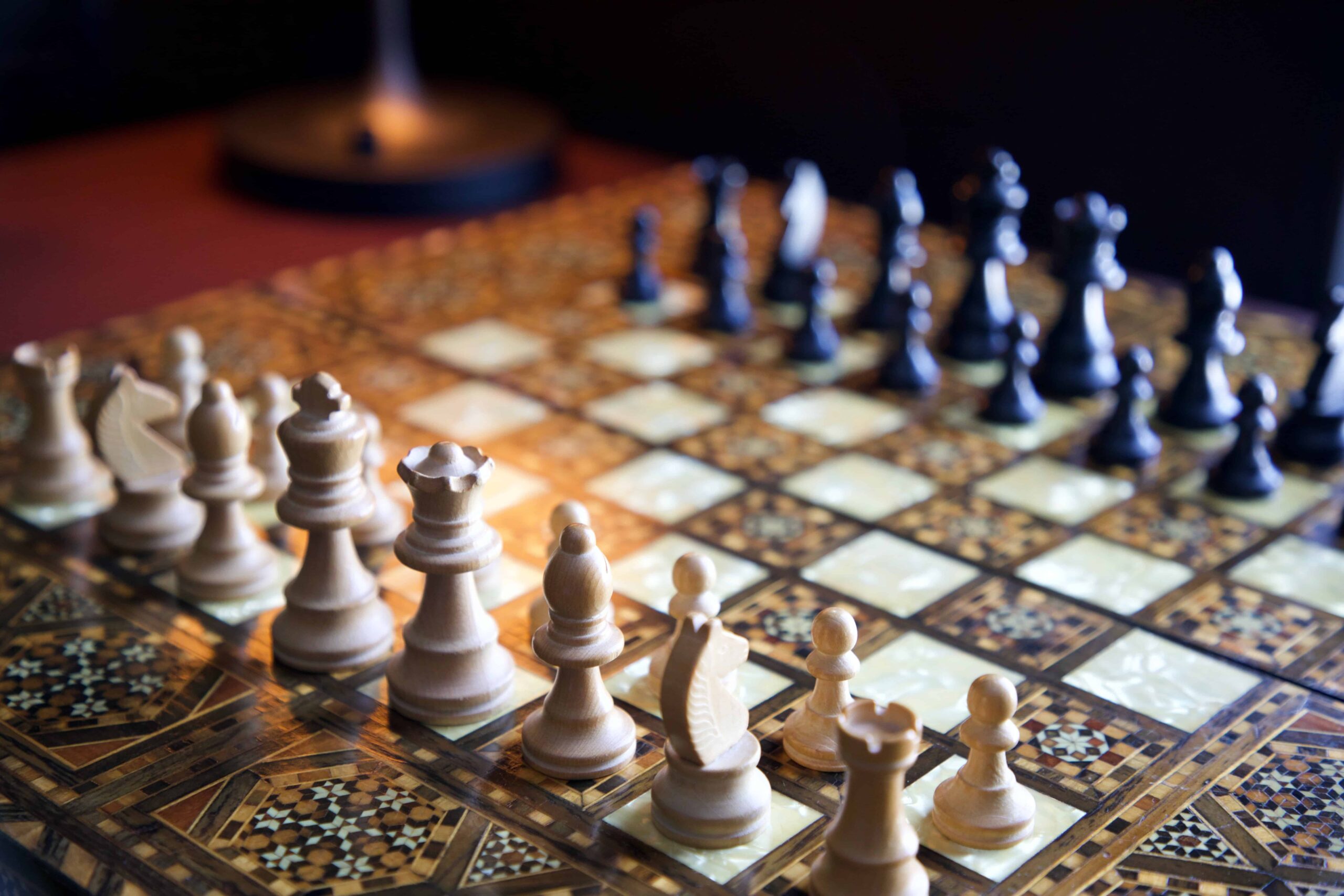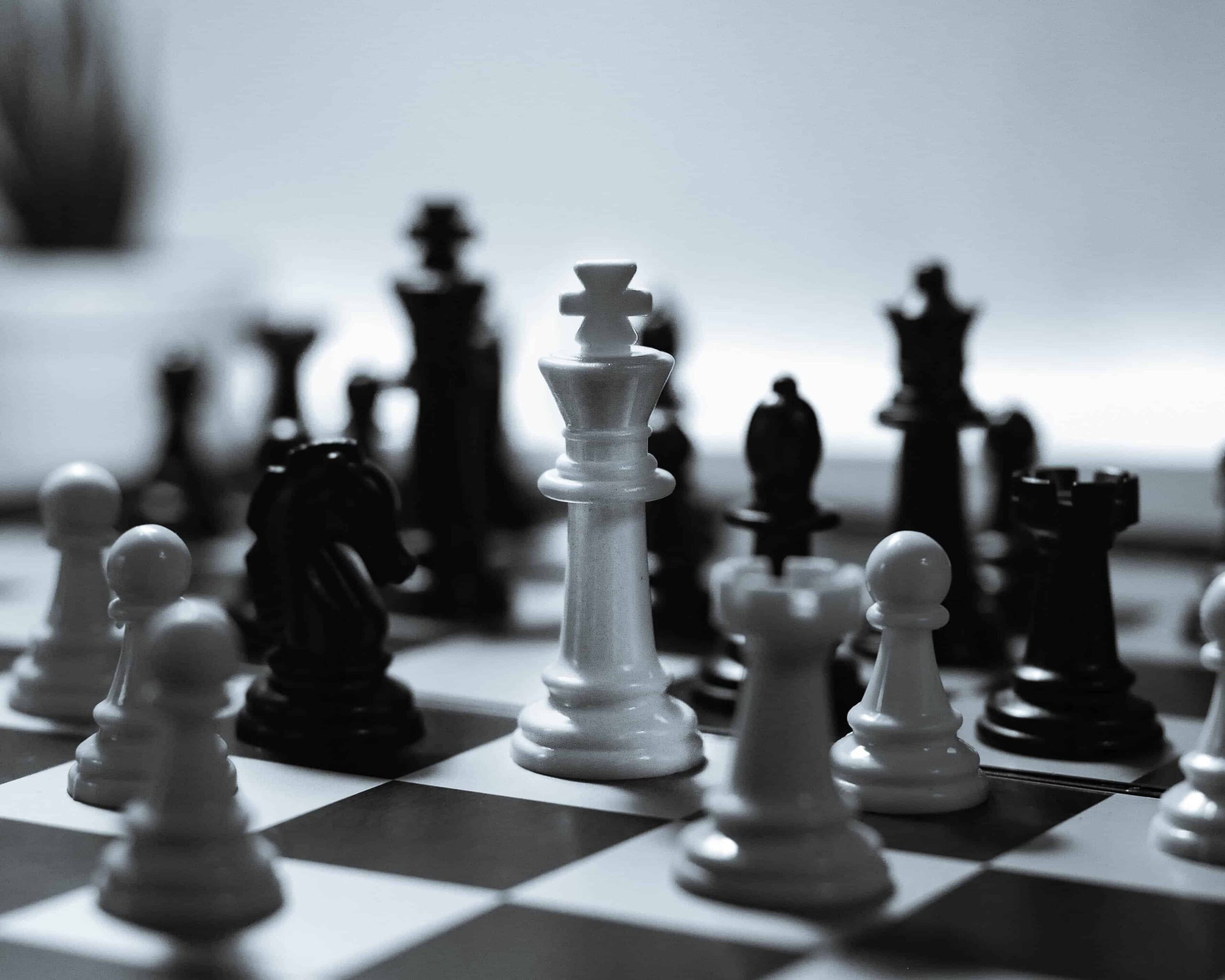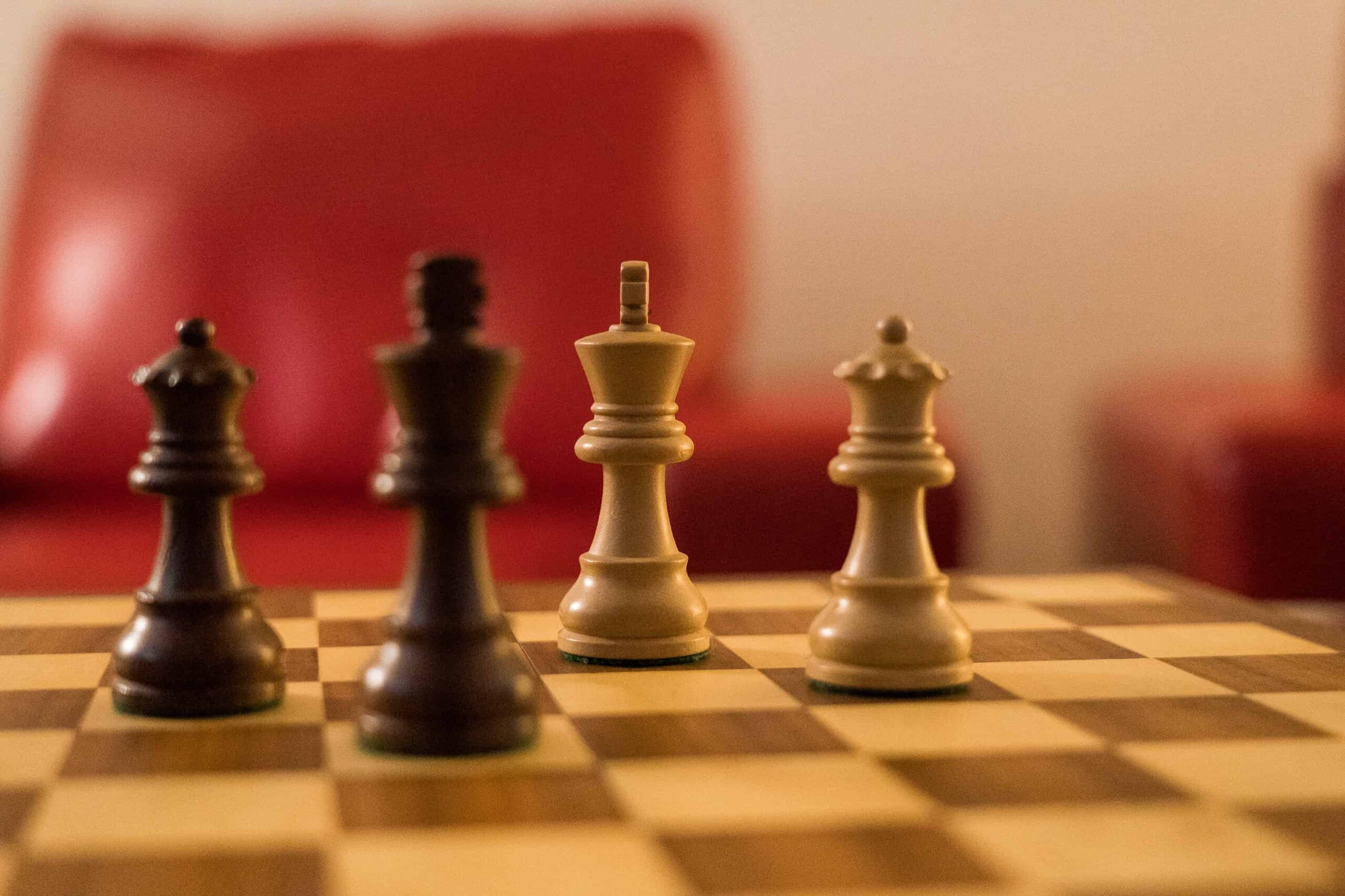Do you enjoy playing chess, but sometimes find the games too long and drawn out? Do you know what is check in chess? Most people don’t realize that there’s more to a simple ‘check’ than meets the eye. In this blog post, we’ll look at what is check in chess, different types of checks in chess, and how you can use them to your advantage. So, whether you’re a beginner or an experienced player, read on to learn all about what is check in chess!
Another Interesting Read: How Long Does It Take To Become An Electrical Engineer?
So, What Is Check In Chess?
What is check in chess? In chess, “check” is a move that attacks the opponent’s king. If the king is then moved to a square where it cannot be captured, the checker (or attacker) must either take the king or announce a draw. There are several other situations in which checks can arise, but this article will focus on how to deliver and respond to checks.

Players of all levels should be familiar with how to deal with checks, as they can arise at any time during a game. By understanding what constitutes a check and knowing how to best protect your king, you’ll be well-prepared for any situation that comes up during play.
Check is a chess problem in which the player’s king is threatened with capture. If the player’s king is in check, the player must make a move that will remove the king from the check. If the player cannot do this, the king is said to be in checkmate and the game is over.
To sum up what is check in chess. In chess, the object of the game is to checkmate your opponent’s king. This can be done in a number of ways, but the most common is to put their king in what’s called ‘check. If the king can’t get out of check, then it’s game over!

How To Check In Chess?
As you know what is check in chess but how to check in chess! There are a few different ways to put your opponent’s king in check. The most common is to simply move one of your pieces so that it’s in a position to capture the king. Another way to check the king is to use what’s called a ‘pin’. This happens when you place one of your pieces between the king and another one of your opponent’s pieces. The king is then ‘pinned’ and cannot move without being captured.
For example, if you have your king in the corner and your opponent has a rook or queen pointing towards it, then they can put you in check on their next turn! Checkmate happens when a king is in check and there is no way to get it out of check.
Main Types Of Check In Chess!
There are two main types of chess checks: direct and indirect. Direct check is when a player’s king is under attack by an opponent’s piece. An indirect check is when a king is threatened with capture, but the piece doing the threatening cannot be captured.
- Direct check is the more common of the two and can be used to your advantage if you are know-how. For example, if your opponent has their king in the corner and you have a rook or queen pointing towards it, then you can put them in check on your next turn!
- Indirect check is a little less common but can still be used to put your opponent’s king in danger. An indirect check happens when a king is threatened with capture, but the piece doing the threatening cannot be captured.

One example of the indirect check is when a player has their king in the corner and their opponent has a rook or queen pointing towards it. In this situation, the king is said to be ‘in check’ because it is threatened with capture.
However, the piece that is threatening the king (the rook or queen) cannot be captured. This may seem like a strange situation, but it can happen! If you find yourself in this predicament, don’t worry – there are ways to get out of it. We’ll talk more about that later.
What To Do If You Checkmate In Chess?
If you find yourself in a position where your king is in checkmate, there is no way to get out of it and the game is over. Your opponent has won as you know what is check in chess! Here are some quick tips on what to do if you find yourself in check:
- First, assess the situation and see if there is any way to get your king out of check. If there is, make your move and get out of check!
- If there is no way to get your king out of check, then you need to decide what to do. You can either resign or try to draw the game.
- If you decide to resign, then you have lost the game. Congratulations to your opponent!
- If you decide to try and draw the game, then you need to make sure that your king doesn’t get in checkmate. If it is, then the game is over, and you have lost.
- If your king gets a checkmate, then you can try to move your pieces so that your opponent cannot checkmate you. This is called ‘defending’ and can be tricky, but it’s worth a try!

If you cannot defend yourself, then the game is a draw. It implies neither player has won and the game ends in a tie. Checkmate is the most common way to end a game of chess, but it’s not the only way.
How to Win Or Lose In Chess Check Differently?
Now you know what is check in chess but can you get out of it differently! There are four methods to win or lose a chess game, in addition to checkmate:
- Resignation: If you decide that you cannot win the game, then you can resign. This means that you give up and your opponent wins the game.
- Stalemate: If neither player can make a move, then the game is a draw. This can happen if both players are out of pieces, or if all the pieces are blocked in.
- Time: If a player’s time runs out, then they lose the game.
- 50 Move Rule: If neither player has captured a piece or pawn, and no pawn has been moved in 50 moves, then the game is a draw. This is to prevent players from just moving their pieces around without doing anything.
Final Thoughts
Now you know all about what is check in chess? This move is a great way to trap your opponent’s king and secure a victory. Keep this strategy in mind the next time you play chess! Now as you know what is check in chess have a look at the recipe to checkmate in 4 moves along with common chess blunders, castling tips, and maintain a good chess rating.
You Might Also Like:
How To Solve A Rubik’s Cube In 20 Moves?
How Many Squares Are On A Chessboard?
What Is The Standard Chess Board Size?
